Planning & Design
Emory University | Atlanta, GA
How Emory University transitioned fixed-route services to on-demand to meet the needs of their riders.
With its educational facilities and healthcare system, Emory is the second largest employer in Atlanta, Georgia. Making three million annual trips with 52 vehicles, their transit services are available to over 55,000 healthcare workers, students, and university employees. Emory has used TransLoc’s mobility solutions for over a decade to empower students and staff with access to high-quality transportation options.

I can make decisions as quickly as I can get the information. It’s been nice to have access to the
service data to be able to make changes within a matter of weeks, sometimes overnight.
Brittany Barrett, Former Assistant Director of Transportation
THE SOLUTION:
As the COVID-19 pandemic rocked the world in early 2020, it quickly became apparent that changes would need to be made to existing services. Students were no longer on campus, employees could work remotely, and transit services were now being used predominantly by healthcare employees.
Brittany Barrett, assistant director of transportation, who once pulled reports on a bi-weekly basis, began to pull reports on a daily basis to assess hourly ridership and find out who was still using services. With buses at 50% capacity, a bus that previously fit 50 riders was limited to carrying up to 19 riders.
Emory partnered with TransLoc’s Planning & Design Services to review five existing fixed routes and provide recommendations to reduce operational costs without sacrificing campus mobility or rider experience.
The data reviewed was both pre-COVID-19 and the period after the impact of COVID-19. While traditional agencies might take six months to review data and provide feedback, Planning & Design Services was able to turn around their findings in a matter of weeks, which was especially critical to Emory as changes were happening daily.
Planning & Design Services’ recommendations concluded that on-demand services could improve rider experience by reducing average door-to-door trip times from 15 minute headways to less than seven minutes, saving approximately $24,700 annually in transit operations.